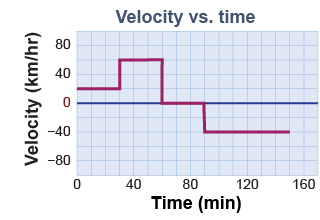|
Physics uses specific meanings for words that may be used differently in conversation. You may be familiar with the following physics terms through things you learned before or from your own, everyday experiences. Below are different ways of describing each term in everyday usage. | speed | How fast or slow, what the speedometer in your car reads, distance divided by time, miles per hour, kilometers per hour | | distance | The space between two points; how far away something is; a measurement of length, height, meters, centimeters, feet, or inches | | position | Where you are, the place occupied by a piece on a game board, a location on a map | origin
| The place you start, the beginning, the reference point, (0, 0) | 
|

|
Some physics terms are related to words used in conversation, but have deeper and more defined meanings in physics. These terms make talking about physics more accurate because the terms have very specific meanings. Below are ways of describing these terms along with examples for each. | velocity | Speed with direction, 4 m/s east, 55 mph north, positive and negative speed | | displacement | A movement between two points, a change in position that can be positive or negative, 30 m south | | coordinates | The numbers that identify a specific place, (x, y) or (x, y, z), 30 km north and 8 km east, (8, 30) km | vector
| A quantity that includes information about direction, 100 km north | 
|
 Graphs tell stories of how things change over time. Here is an example that might have produced the graph on the right.
Graphs tell stories of how things change over time. Here is an example that might have produced the graph on the right.
Carmina drove through traffic for half an hour. Then traffic cleared and she drove at 60 km/hr for 30 min to reach a park in time to meet a friend. After staying for half an hour, Carmina drove home at 40 km/hr since traffic was light and she was in no hurry.
Can you identify five ways in which the story matches the graph? 
|
| |
|

